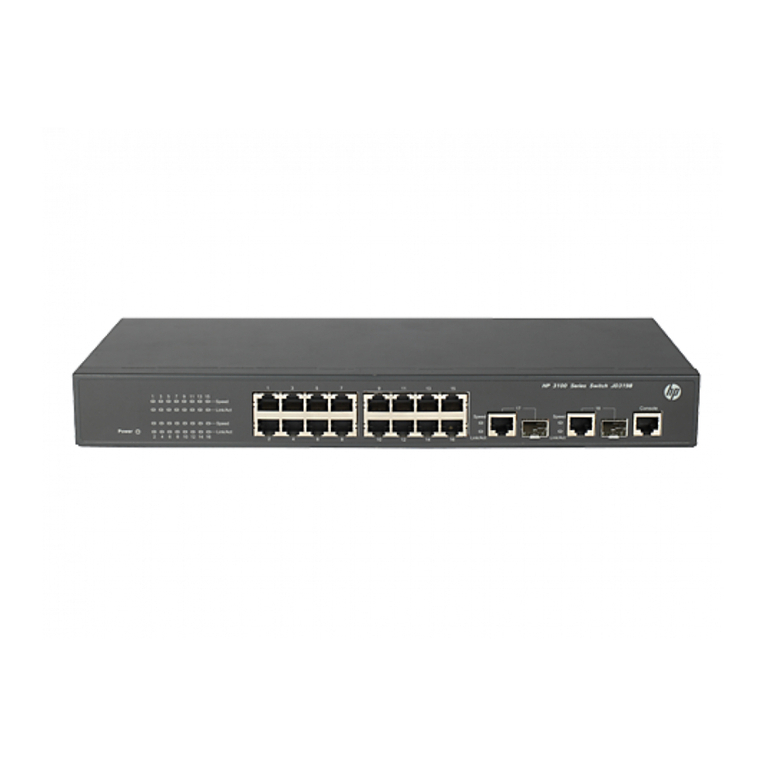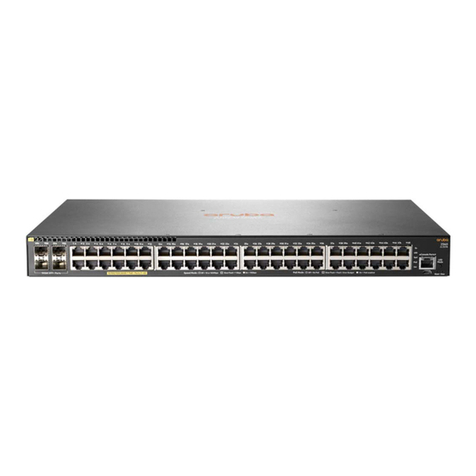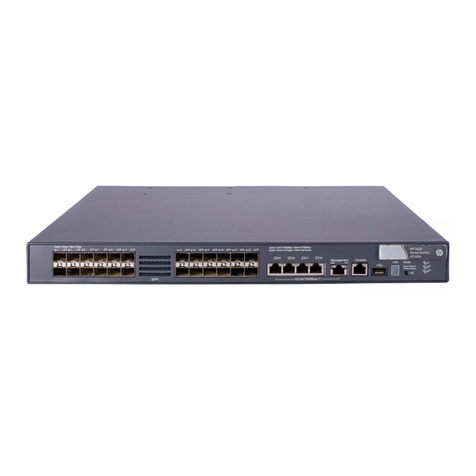
vi
Configuring banners·······································································································································196
Banner types··········································································································································196
Banner input methods····························································································································196
Configuration procedure·························································································································197
Setting the system operating mode················································································································198
Rebooting the device ·····································································································································198
Configuration guidelines·························································································································199
Rebooting devices immediately at the CLI·····························································································199
Scheduling a device reboot····················································································································199
Scheduling a task···········································································································································199
Configuration guidelines·························································································································199
Configuration procedure·························································································································200
Schedule configuration example············································································································201
Disabling password recovery capability·········································································································204
Setting the port status detection timer ···········································································································206
Monitoring CPU usage···································································································································206
Setting memory alarm thresholds ··················································································································207
Configuring the temperature alarm thresholds·······························································································209
Specifying load sharing modes for a service module·····················································································209
Specifying an operating mode and a proxy mode for a service module ························································210
About operating modes for service modules··························································································210
About proxy modes for service modules································································································216
Configuration restrictions and guidelines·······························································································216
Configuration procedure·························································································································217
Enabling the port down feature globally·········································································································218
Configuring an asset profile for a physical component ··················································································218
Isolating a switching fabric module ················································································································219
Isolation restrictions and guidelines·······································································································219
Isolation procedure·································································································································219
Suppressing switching fabric module removal interrupt signals·····································································220
Configuring hardware failure detection and protection ··················································································220
Specifying the actions to be taken for hardware failures········································································220
Enabling hardware failure protection for interfaces················································································221
Enabling hardware failure protection for aggregation groups ································································221
Enabling data forwarding path failure detection·····························································································222
Verifying and diagnosing transceiver modules ······························································································222
Verifying transceiver modules················································································································222
Diagnosing transceiver modules············································································································223
Disabling alarm traps for transceiver modules·······················································································223
Specifying an ITU channel number for a transceiver module ········································································223
Restoring the factory-default configuration ····································································································224
Displaying and maintaining device management configuration·····································································224
Standalone mode···································································································································224
IRF mode ···············································································································································226
Using Tcl ···································································································229
Using Tcl to configure the device···················································································································229
Executing Comware commands in Tcl configuration view·············································································230
Managing the system with BootWare·························································231
Overview························································································································································231
Restrictions and guidelines····························································································································231
Using the BASIC-BOOTWARE menu on LSU1SUPB0 (JG496A) MPUs······················································232
Modifying serial port parameters············································································································232
Updating the extended BootWare segment···························································································233
Updating the entire BootWare················································································································233
Running the primary extended BootWare segment···············································································234
Running the backup extended BootWare segment················································································234
Using the BASIC-BOOTWARE menu on MPUs except LSU1SUPB0 (JG496A) ··········································235
Modifying serial port parameters············································································································236
Updating the extended BootWare segment···························································································236
Updating the entire BootWare················································································································236































